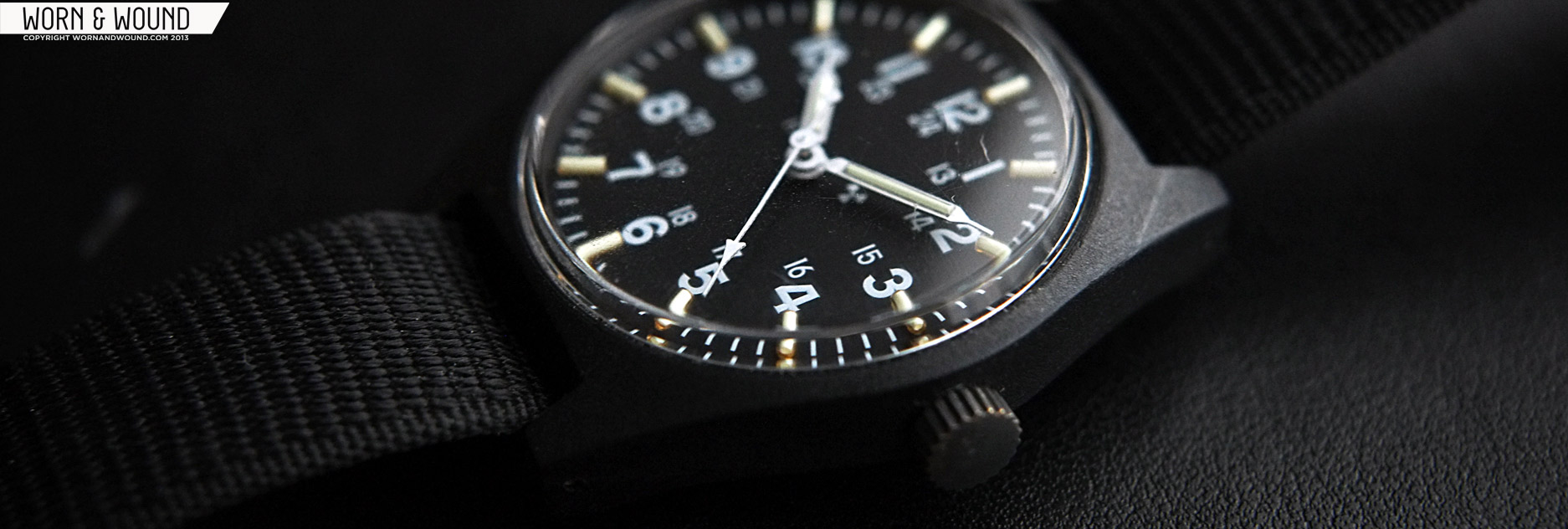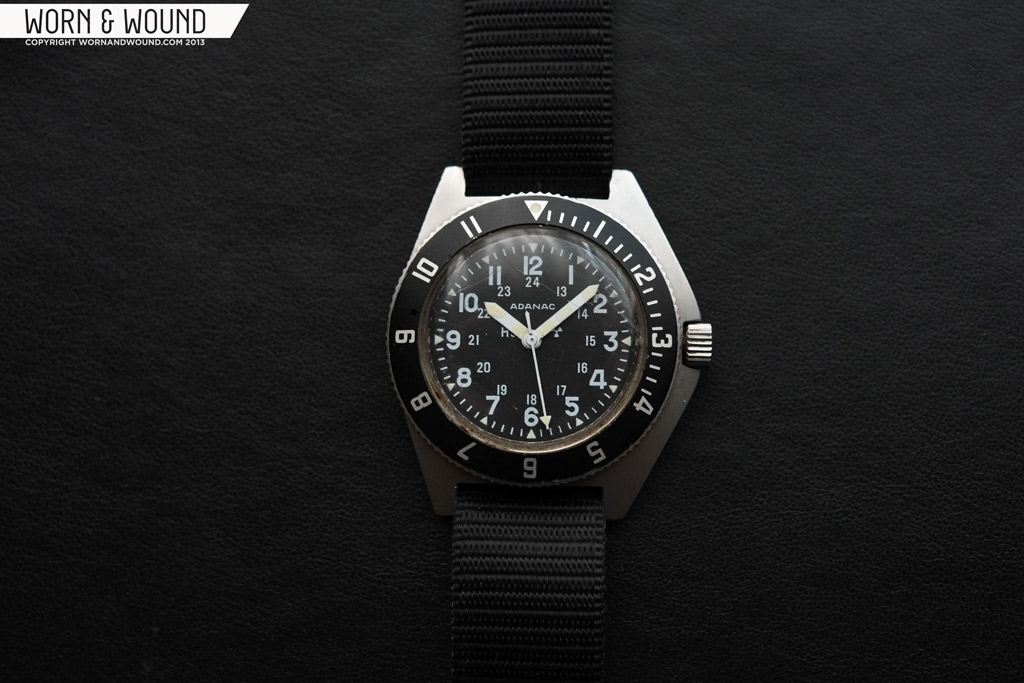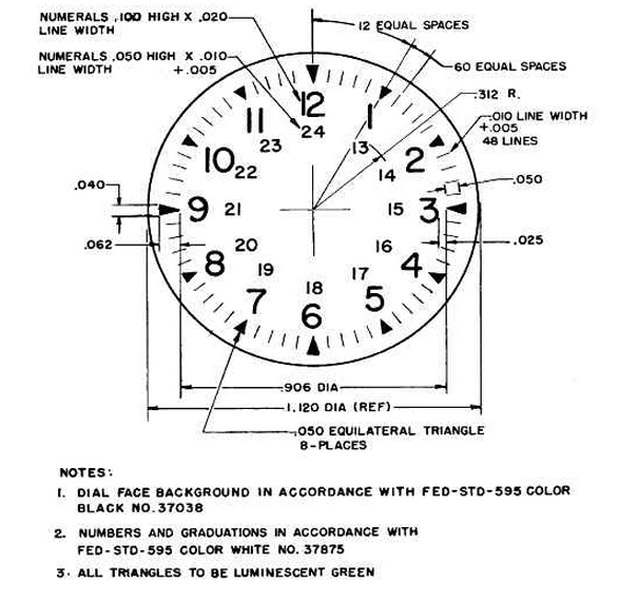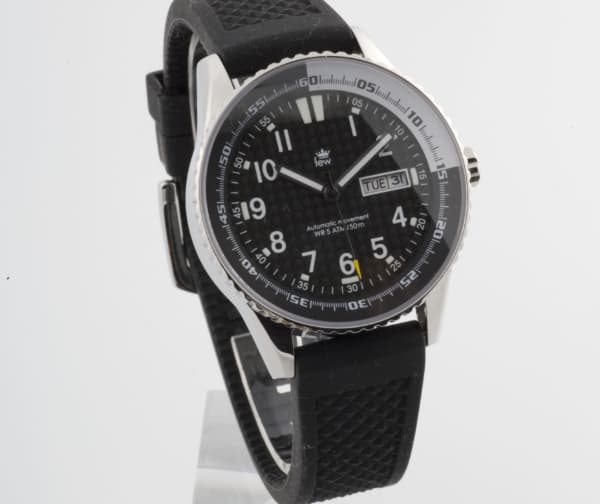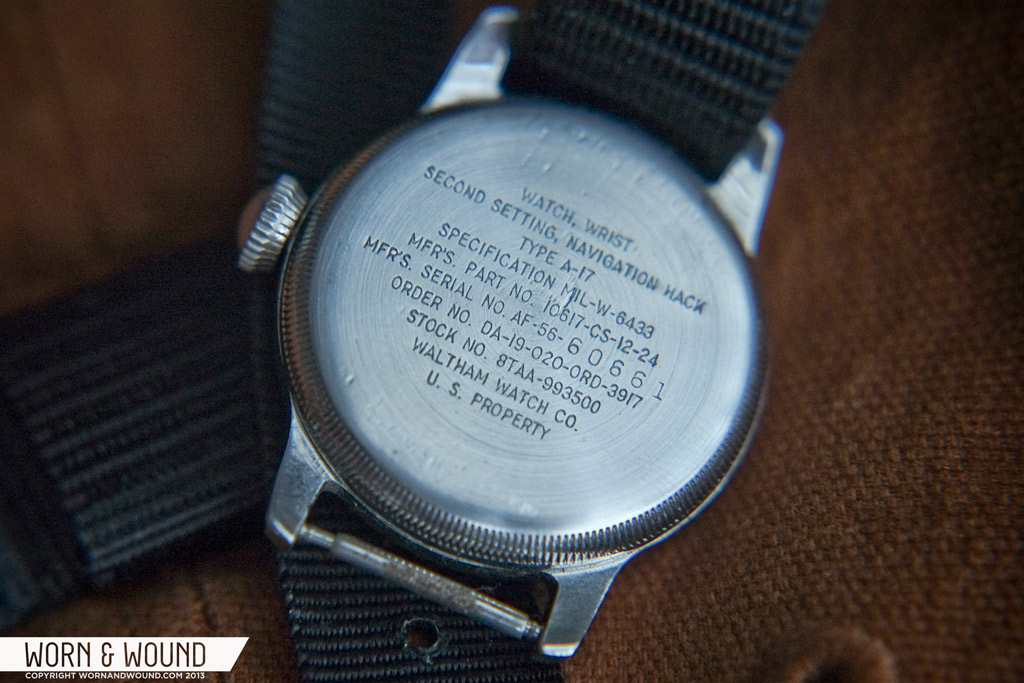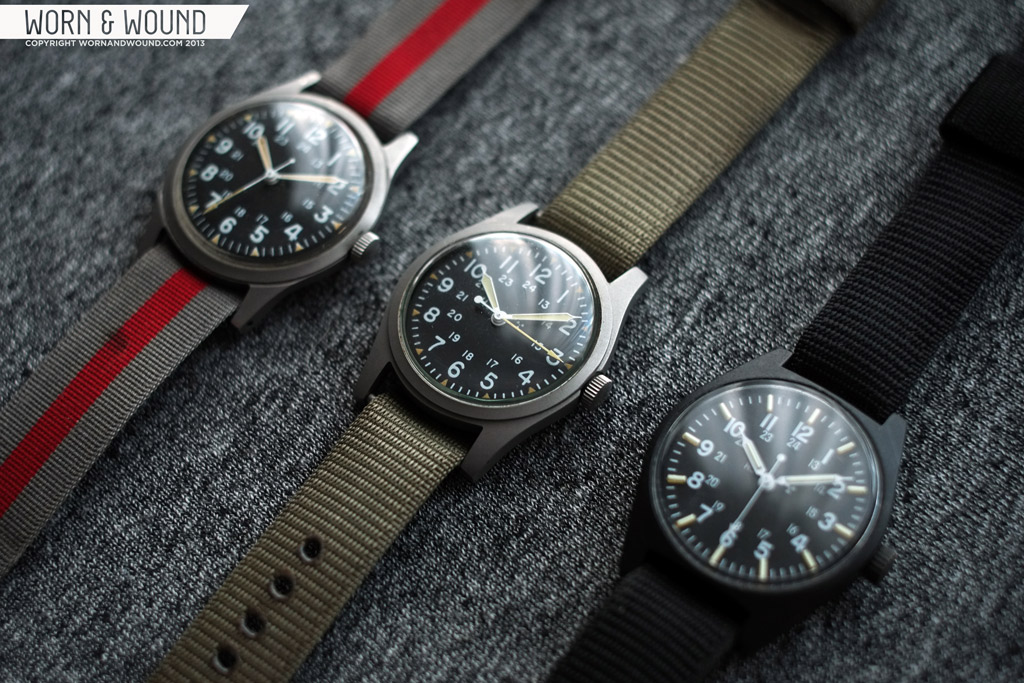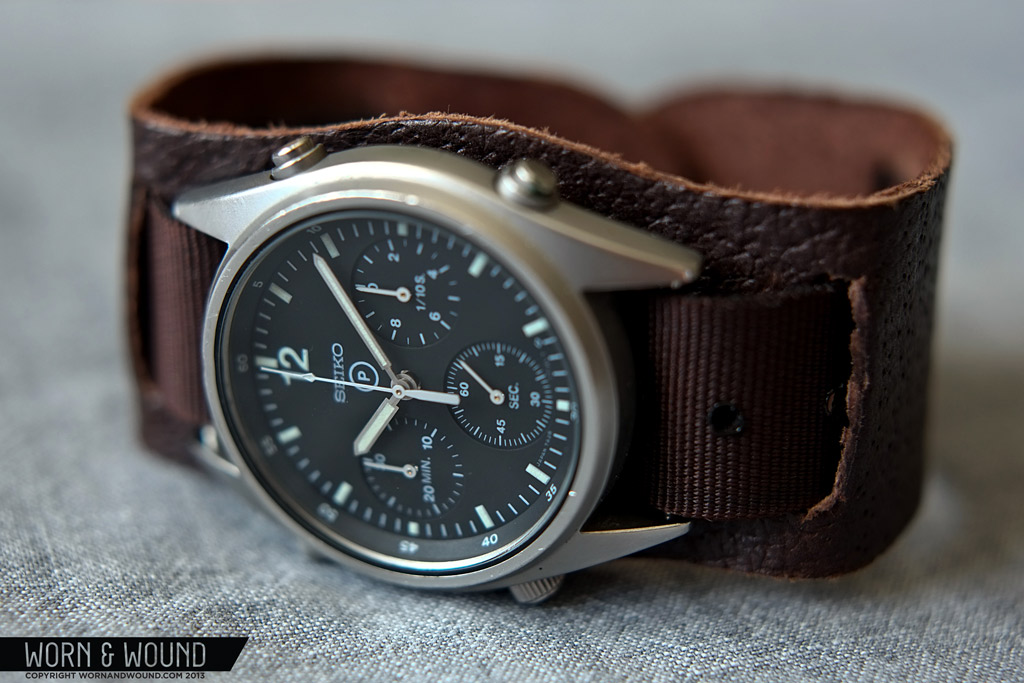From the beginning of its existence, the watch has been an information tool, giving its wearer some piece of intelligence that he wouldn’t have on his own. Perhaps nowhere is that truer or better realized than in the military watch.
Almost as long as watches have existed, governments and militaries have been buying and issuing timepieces to be used in nearly every military scenario imaginable. Strictly utilitarian, these watches have served as functional instruments, designed to give their wearers specific and accurate information in environments not often encountered by civilian watches.
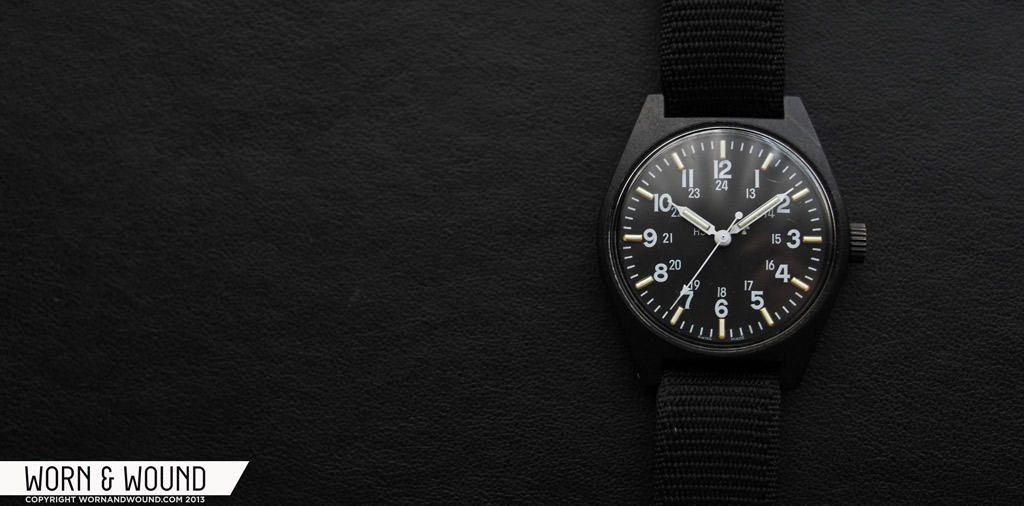
Made popular by their simple yet functional design, sturdy construction, and relative scarcity, many military watches have become prized by collectors. The world of military watch collecting is vast, and offers examples at almost every price point–from a $100 infantry field watch to a $100,000 dive watch–and everywhere in between. There really is a military watch for everyone.
In this column, we’ll feature watches from throughout that price spectrum, primarily focusing on the more affordable end of the range. We’ll also explore the design origins of some of the more classic military watches, demonstrate how their designs and functions influenced civilian watch designs, and suggest modern, affordable watches that carry the spirit of military watches in their design.
Today’s post will serve as a brief introduction to the world of military watches. We’ll explain some of the common design elements found in most pieces, divide the large range of military watches into a few major categories, and briefly discuss the current state of the collector market.









 Featured Videos
Featured Videos




